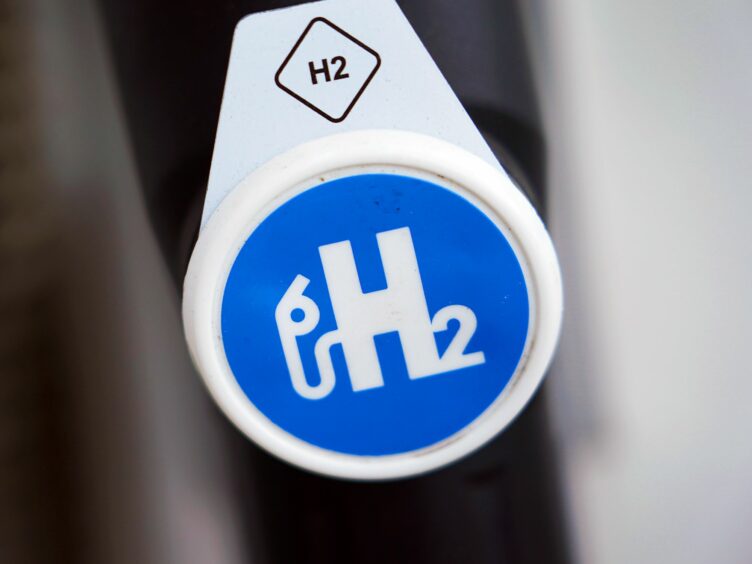
New analysis from Westwood Global has shone a light on the rapid expansion of blue hydrogen on both sides of the North Sea.
According to research from the consultancy firm, blue hydrogen projects account for over 16 gigawatts of total announced hydrogen capacity in the UK and Norway.
That is equivalent to around 90% of the total hydrogen capacity currently in the pipeline.
In the UK alone, blue hydrogen accounts for 13GW of capacity, meaning it is on course to smash the UK Government’s 10GW by 2030 target.
And analysis shows that, while there are four times more green hydrogen projects on the go, blue will do the heavy lifting in the coming years.
A key reason for that is the ongoing development of huge carbon capture and storage (CCS) clusters in the UK.
Despite being a low carbon fuel – though that tagline is disputed by some – blue hydrogen uses natural gas as its feedstock.
Any emissions arising from production are tackled using CCS projects, which lock them away in geological formations.
In opposition green hydrogen is made by splitting water using renewable electricity through a process called electrolysis.
While there is a general acceptance that green hydrogen is the fuel of the future, many think blue will be key in getting the market for the fuel up and running.
David Linden, head of energy transition at Westwood said: “Although considerable offshore wind projects are developing in Northwest Europe, hydrogen projects are emerging at an unrivalled pace. The scale of blue hydrogen developments makes them a necessity to ensure 2030 regional targets are met – in fact, the current pipeline of announced capacity for UK projects would exceed targets if all achieved their planned start-up dates.”
He added: “This rate of change is representative of what we can expect as the energy transition gathers momentum. We are seeing increasing numbers of energy stakeholders diversifying their portfolios – and we are moving in-step. In doing so, we are able to support our clients to focus on what matters and better understand the growth of emerging energy sources, as well as the developing convergence of existing oil and gas and new energies for improved decision making.”
Hydrogen has been held up as an ideal fuel for decarbonising hard to abate sectors, such as heavy industry, aviation and shipping.
London-headquartered Westwood’s findings follow the launch of Atlas New Energies; an integrated market intelligence solution covering energy clusters, offshore wind, hydrogen, CCS and related oil and gas infrastructure in the UK and Norway.
Harnessing the research body’s wealth of statistics in the region, it allows users to access a database of over 250 new energies projects, providing a thorough overview of the market.
Emma Cruickshank, head of research, northwest Europe at Westwood, said: “This new solution is a natural next step to our existing Atlas solution and is very-much driven by client demand and energy landscape trends. For those energy players looking to enter the new energies space, some of the biggest opportunities, can be found in Northwest Europe. Deciding on what role to play will be crucial for those looking to maximise their investment in this sector – and we are committed to supporting with the strategic, technical, and commercial questions that will inform the direction of the industry for years to come.”
Recommended for you


